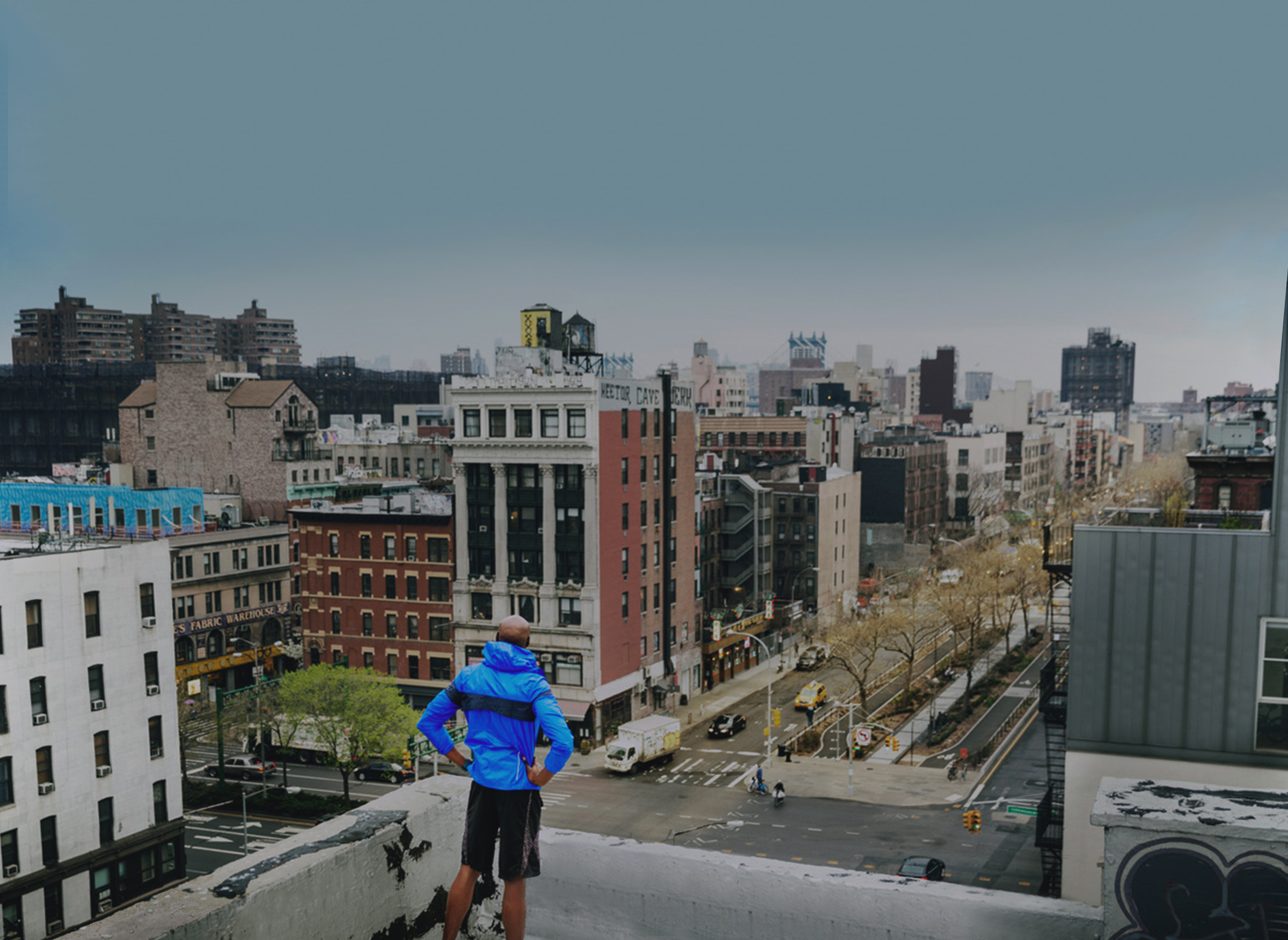WHY ARE WE STILL OPENING RETAIL STOREFRONTS?
The pendulum always swings. Once upon a time, big-box stores decimated mom and pop storefronts. Then, online retailers smashed big-boxes. Now, the mom and pops are coming back and online stores find that having a foot in both the online and offline worlds can work wonders. Recent data suggests that brick-and-mortar is far from dead, with in-store sales growing for a number of retailers.
In NYC, retail is simply reinventing itself. As principal and co-founder of a New York City real estate company, I have seen this evolution of traditional brick-and-mortar storefronts being replaced with better versions of their former selves that are more experiential and less purely transactional, and that offer goods and services you cannot buy online.
Here are six ways storefronts can succeed over their seemingly unbeatable online digital competitors.
1. Valuing Connections
Downtown, we have internet-born companies like Zola and Everlane opening up brick-and-mortar storefronts as they look for more ways to bring in new clientele. By having a physical presence in a community, these retailers get to know and interact with their customers, create connections and, subsequently, build loyalty that online-only competitors cannot rival. There is no better example of the growing successful connection between brick-and-mortar and an online presence than with Amazon and Whole Foods. Amazon and Whole Foods drive traffic back and forth between brick-and-mortar and online through deals, promotions advertised in both places and the Amazon Prime membership, which creates savings in a grocery store that never had a membership program. We can expect to see more of this connection between brick-and-mortar and online retail in the next five to 10 years.
2. Mom And Pop Storefronts Value Local, Known Sources
As the appeal of the great convenience and speed of online options wanes, many customers long for the reminder of where their goods came from and value the people behind the products. As our world becomes more like Black Mirror every day, consumers fight back to maintain their humanity. Local storefronts can curate their selections to fit their community. Tailored offerings not only increase sales, but also make consumers feel seen and reduce the thousands of headache-inducing choices.
3. Store Experiences Cannot Be Offered Online
Online stores are limited in what they can offer experientially. One example of something they cannot offer is the restaurant dining experience. People can order food online, but for those who want to go out to a restaurant, have their food cooked to order and be served and taken care of by a waitstaff, that is only available by going to a restaurant. Similarly, consumers can buy their own Peloton (and now SoulCycle) bikes and take virtual classes, but boutique gyms and “fitness hubs” are popping up all over the city. It turns out, people value not only the fitness experience, but also the camaraderie and support of live classes and instructors.
4. Moments And Events
Storefronts are transitioning from transactions to experiences. “Retailtainment” centers attract, engage and retain customers. CNBC recently reported that businesses such as escape rooms and virtual reality environments are cropping up in American malls as clothing retailers shut their doors. The Wall Street Journal ran a story about how retail landlords are building sports stadiums to draw in esports players and fans. Similarly, in Chicago, athleisure giant Lululemon opened its first concept store that offers apparel and classes, in addition to a locker room and a restaurant. People want more from their stores.
5. New Data Makes Brick-And-Mortar Quicker To React And Adapt
Brick-and-mortar storefronts versus technological options is not a binary choice. There is so much technology for physical stores to use to advance their business and increase revenues. Companies like Placer.ai use mobile phone logistics to track where consumers come from, where they go to after shopping, how long they spend in a storefront and how often they come back to visit. This type of data is invaluable for retail owners and can make them more adaptable than they have ever been before. Mobile logistics analytics puts artificial intelligence into brick and mortar, reinventing a dinosaur into an agile, modern reinterpretation of retail experience.
6. The Power Of The Storefront
My everyday experience with our real estate storefront brings all this to life. Our agents are always on the go, and they love our neighborhood presence because it offers the convenience of running in and out of the office, often retrieving necessary things that can make or break deals. Clients walk in and enjoy the cool decor. Additionally, our traditional window listings still have a pull on walk-by traffic. More often than not, people walk in to just ask who/what we are, and it starts a conversation that was never possible in an office building. And lastly, we are able to be extremely active with landlords buying and upgrading the properties around us and often bump into buyers as they walk the properties and do their due diligence in the neighborhood. This all adds to an experience that I find is lacking across the industry, and which allows real estate professionals to connect with clients on a higher level.
NYC’s streets are alive and thriving with local storefronts that provide opportunities for people to meet and grow relationships and businesses. Indeed, brick-and-mortar business is far from dead.




